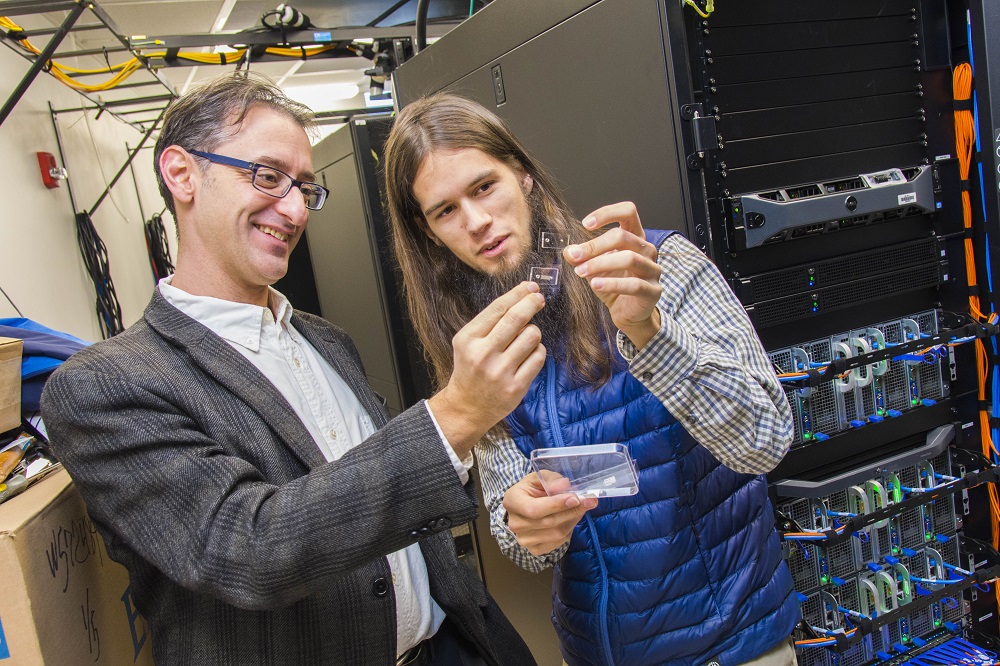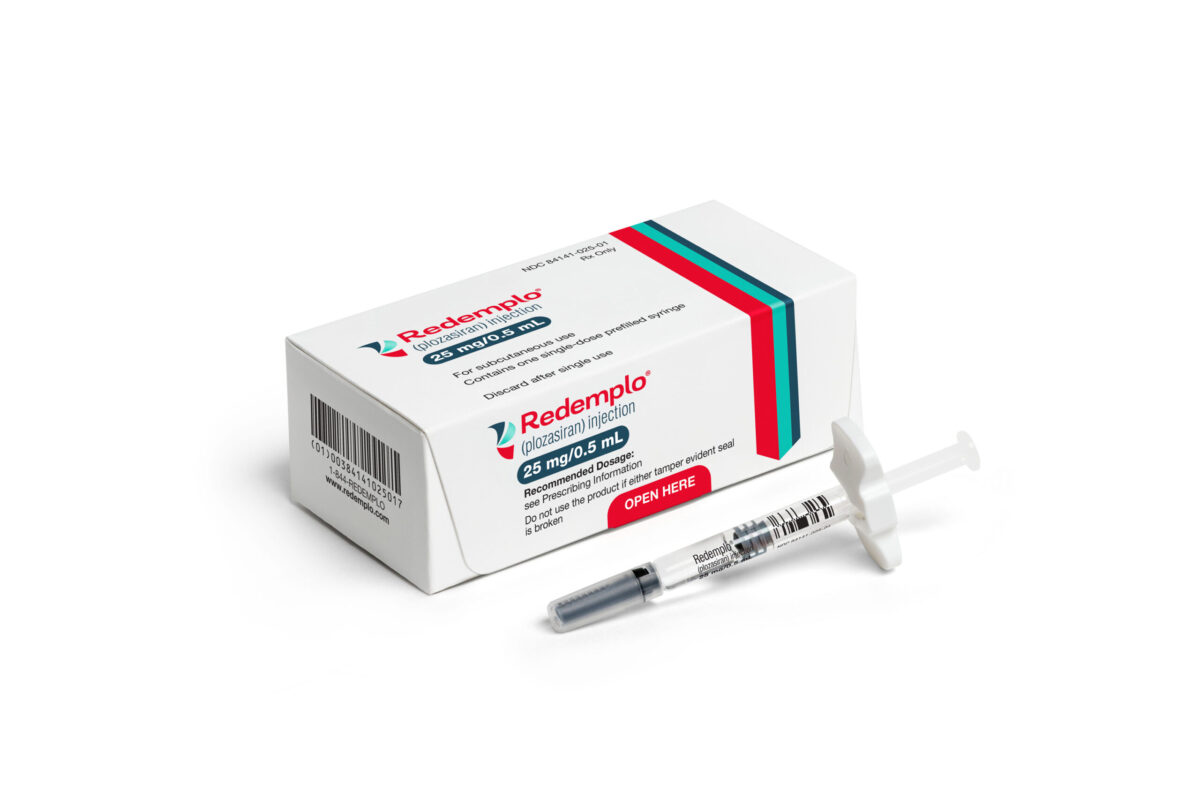In vitro fertilization (IVF) can be a costly and demanding strategy for getting pregnant, and doctors are always looking for new ways to reduce the number of treatment cycles necessary to achieve this result. Now, researchers at Worcester Polytechnic Institute (WPI) and Stanford University have developed a microfluidic device designed to identify the healthiest and fastest sperm with the greatest chance of fertilizing egg cells.
The team of researchers named their device SPARTAN (short for Simple Periodic ARray for Trapping And IsolatioN) and say it could be used in fertility clinics to separate the strong sperm from the weak. The sperm cells are injected into the device where they must navigate a series of three-dimensional posts which act as an obstacle course, allowing only the fittest sperm to reach the other side.
Currently, sperm is sorted for IVF on the basis of motility only, which doesn’t take into account other factors which could affect the suitability of the sperm cells. Sperm cells must be fast in order to make it through the SPARTAN device, however they must also be free of malformations – such as enlarged heads or bent necks – to be collected for use in IVF.
“With SPARTAN, we not only get sperm with excellent motility, but also with normal morphology and better DNA integrity, helping families worldwide by reducing the stress of multiple IVF procedures, while potentially increasing pregnancy rates.” said Dr. Erkan Tüzel, associate professor of physics, biomedical engineering, and computer science at WPI. “This could increase patients’ chances of getting pregnant.”
According to the Centers for Disease Control and Prevention (CDC), 7.3 million women in the US have used infertility services. As one third of all cases of infertility have been linked to male fertility problems, and another third is a combination of both male and female issues or unidentified, this sperm grading device has the potential to improve IVF success in a large number of cases.
The SPARTAN sorting device takes just five to 30 minutes to complete and doesn’t damage the cells like traditional centrifugation techniques can. As one cycle of IVF usually comes with a price tag around $15,000, sorting the sperm using the SPARTAN device could help save couples tens of thousands of dollars by helping them get pregnant faster. The research was published in the journal Advanced Science.
“As a physicist, this is very exciting,” said Tüzel. “We’re going to have a product in the market helping people. That doesn’t always happen in physics in such a short time frame, especially if you are a theoretical physicist.”
Even more exciting is the fact that this technology has already advanced through the experimental phase and is on its way to being commercialized. In late 2017, microfluidics technology company DxNow, Inc. licensed the patent for SPARTAN from Tüzel and his co-developers and plans to launch the device in mid-2018, pending FDA approval.












Join or login to leave a comment
JOIN LOGIN